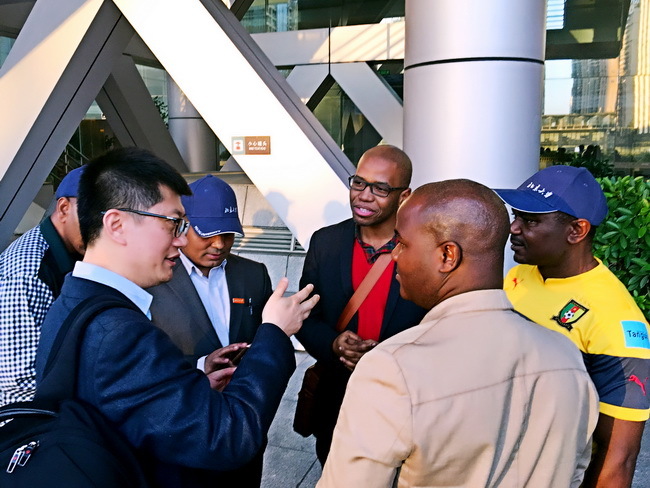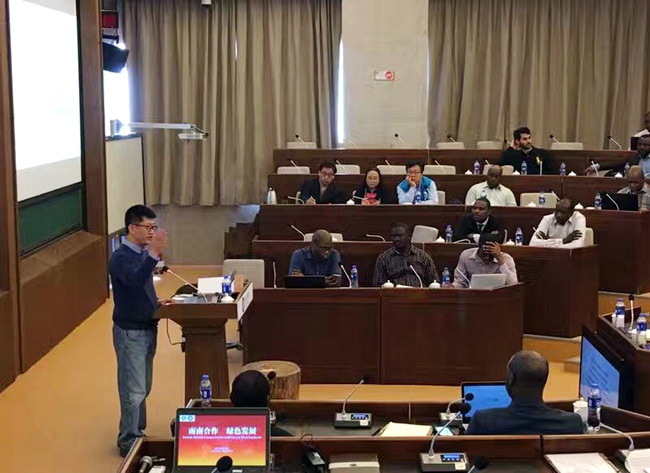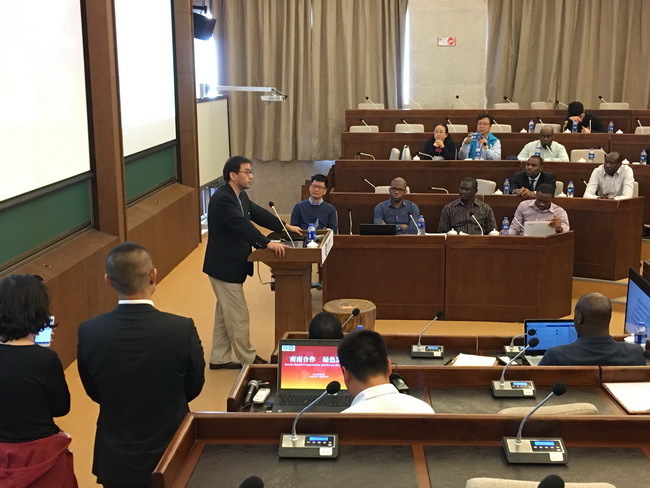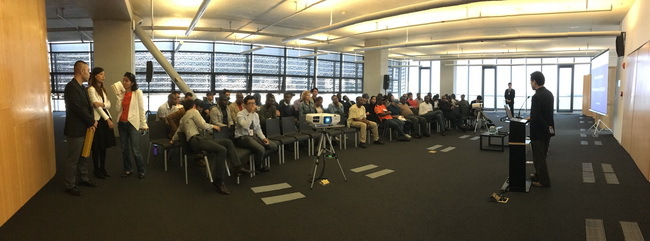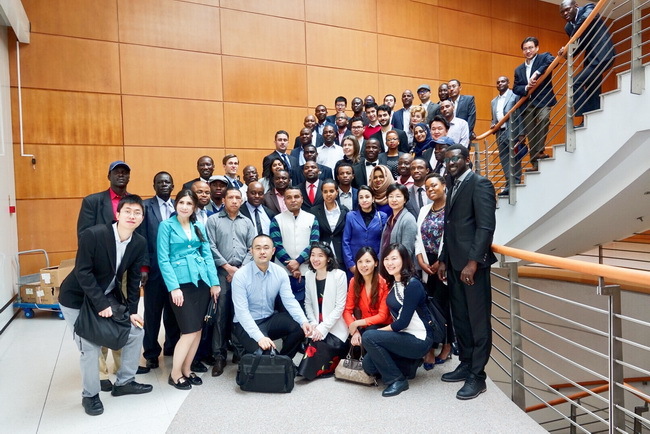
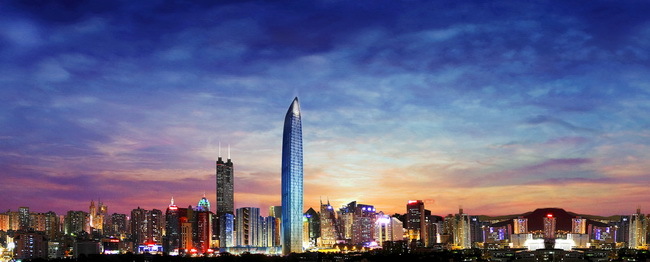
It is an unarguable fact and common knowledge that for a scholarly understanding and analysis of China’s explosive economic development to be achieved, leaving Shenzhen out will make whatever conclusion drawn from such studies incomplete. It is in view of this background that a field study to the dynamic city of Shenzhen was organized.
On January 4, 2017, the students of Institute of South-South Cooperation and Development (ISSCAD), faculty members and administrative staff embarked on one week-long socially and academically stimulating trip to Shenzhen, Guangdong Province. Combining theory and practice, the purpose of this field trip is for students to gain first-hand knowledge of how Chinese local governments, corporations, and markets operate under changing conditions in the reform and opening-up process; and to encourage well-informed debates about China’s successes in economic development and challenges it continues to face.
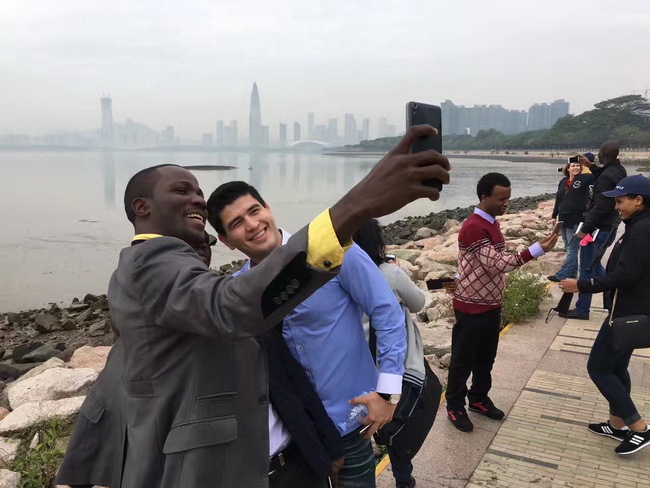
The delegation visited world renowned companies such as Tencent, Huawei, BGI, and Vanke, and had talks and seminars with the scholars, industry practitioners, and high-level government officials.
On the first day, upon arrival at the magnificent Shenzhen airport at about 2.30pm, the delegation immediately proceeded to Shenzhen Museum where well documented and crafted historical materials marked the process and activities of China’s reform and opening-up that began in 1979. Sitting in the Museum is the carefully sculptured image of Deng Xiaoping, a visionary leader and the father of China’s opening-up to the outside world through Shenzhen via the experimentation of market economy using Special Economic Zone as a tool and institution.
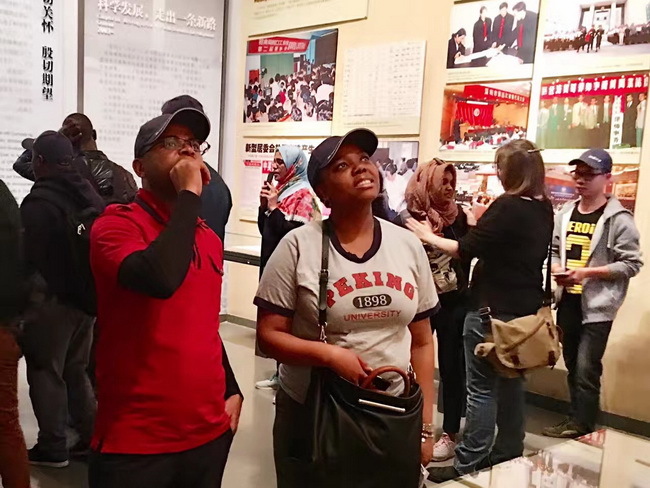
Tutors at the exhibition centre noted two important cliché associated with Shenzhen at the point of take-off, viz. “time is money; efficiency is life” and “Shenzhen Speed – Construction of one floor of a building in 3 days”. Remarkably, the horse spirit of the people has transformed Shenzhen from an agrarian society to a well-planned mega-city with a population of about 20 million including migrant workers and spanning about 1,997sqkm. Shenzhen currently accommodates 5 of the world’s 500 fortune companies, with a booming stock exchange and a GDP of 1.93 trillion RMB in 2016. In spite of Shenzhen’s population and economic capacity, the city is among the 10 cleanest cities in China out of which it is the most populous.
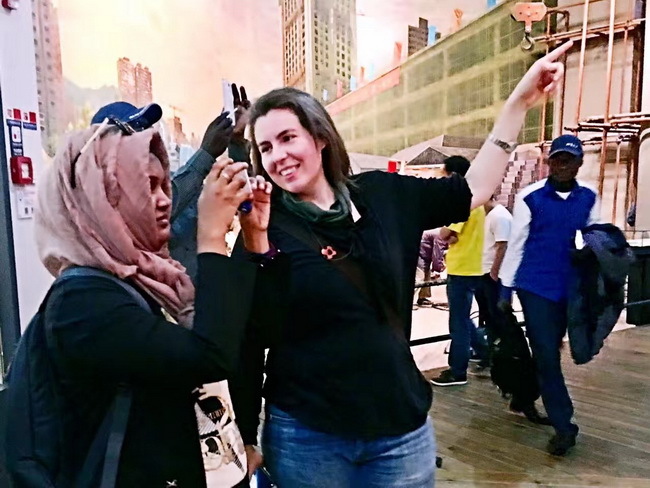
Students Visited Tencent – one of the 5 best internet companies in the world, and interacted with key officials of the company. At a seminar-like reception, students learned that “Tencent has been a success story since it was set-up 18 years ago” saying the company has expanded its global reach by WeChat technology and acquiring assets overseas. The speakers attributed the remarkable success of the company to huge investments in Research and Development, as well as its exceptional corporate culture. Commenting on internet plus – the idea of connecting everything, students were informed that with about 1.2billion mobile users in China, internet plus has been top-down from services to manufacturing and of course agriculture.
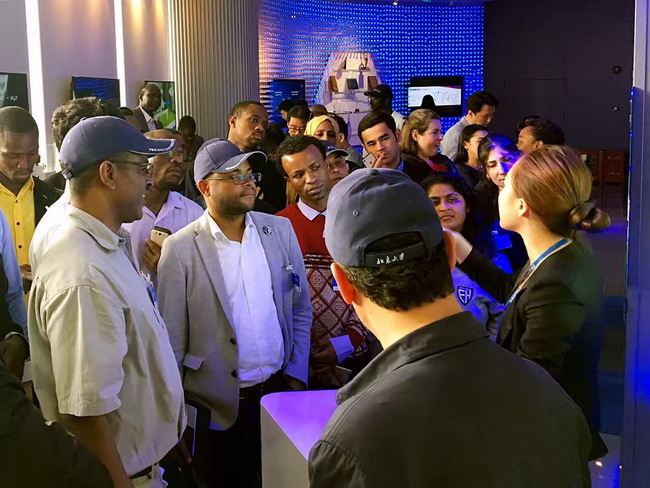
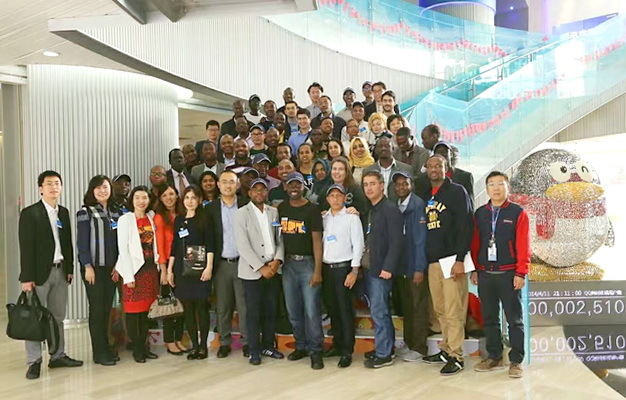
Of high significance was the lecture delivered by Prof. HAI Wen- Dean of PHSBC Business School, Peking University, who is also one of the founding fathers of National School of Development (NSD), at Peking University. Prof. HAI’s lecture centered on “China’s Economic Transition” reiterating that China’s economy has entered a new normal. According to him, “after China’s high rate economic growth for 3 decades, it has entered medium-high rate development”, he said for economic development to be sustained, he asserted that new structure, new growth engines, innovation and new international development strategy must be pursued by the country.
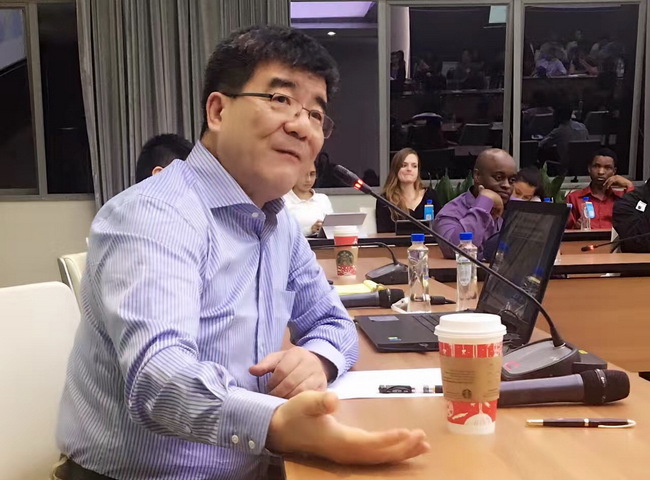
Prof. HAI pointed out that people now prioritize products quality over price, saying high technology must be deployed and high quality people must be mobilized to achieve the production of competitive products. He advised students that modern economy is not dependent on resources but technology and efficiency, submitting that while food security is very crucial, agriculture contributes little to modernization and economic sophistication of countries. To support his point, he said the contribution of agriculture to the GDP of most advance countries is usually not more than 5%.
The delegation visited Huawei, a leading global information and communications technology (ICT) solutions provider. Mr. Eli Brovashov from marketing department of Huawei introduced products and services provided by the company which cut across automation, public security, and power generation among others.
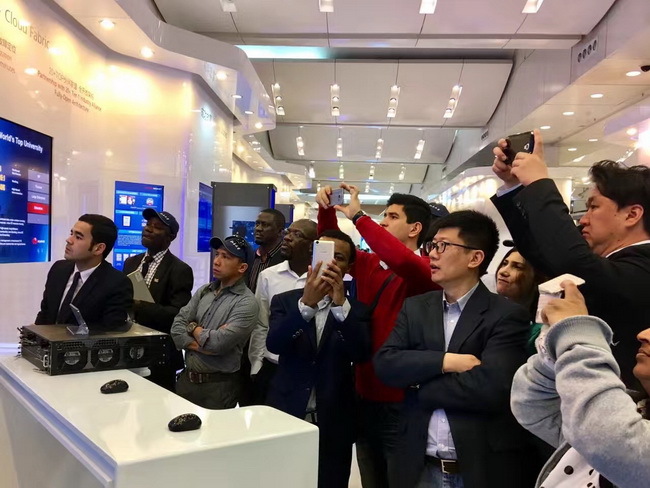
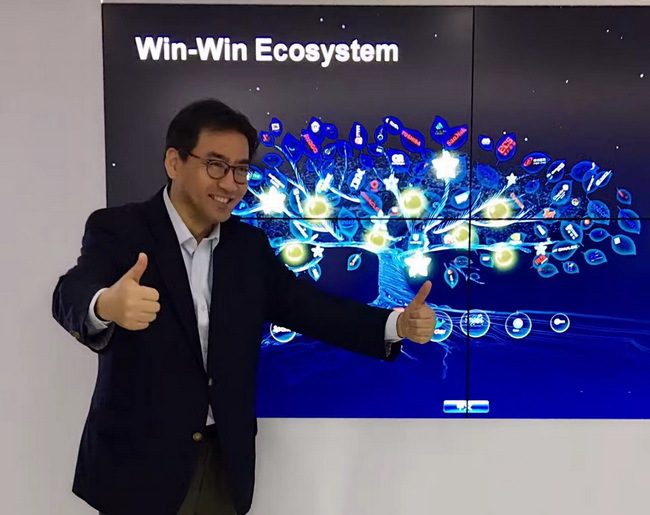
Mr. David Harmon, Vice President of Huawei, delivered a talk to the students. He presented proudly that Huawei is working with mobile operators and industry partners to build an open and sustainable ecosystem that empowers a future of a Better Connected World; and huge percentage of Huawei’s staff focuses on Research and Development while the company invests over 10% of its revenue on R & D; Huawei’s revenue has continued to grow year on year.
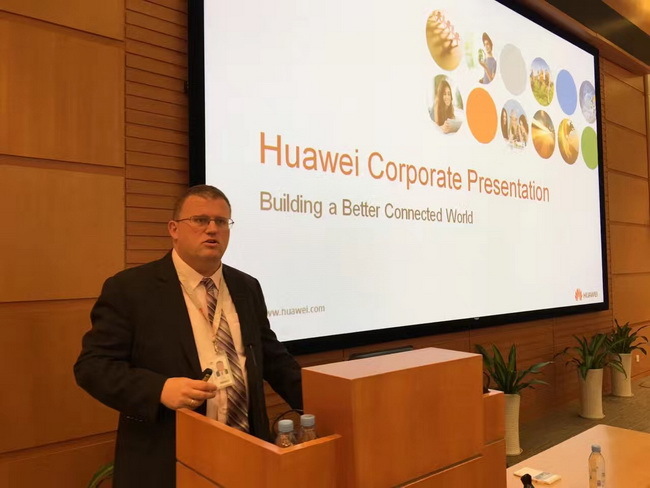
Further, students were given a very warm welcome, received in a grand style at Shenzhen NGO and shown the operations of One Foundation- a private NGO set-up by Jet Li- a renowned actor, as a transparent philanthropic platform focusing on disaster relief and children’s welfare. According to the key officials of Shenzhen foundation, the objective of the foundation is to coordinate social resources to improve Shenzhen’s international exchange and cooperation, and advance Shenzhen efforts towards a global city under the principle of “public money for public good”. The organization promotes sister city exchange and cooperation, organizes city promotion events, cultural and sports activities. And then the students visited Shenzhen Mobile Communication Association.
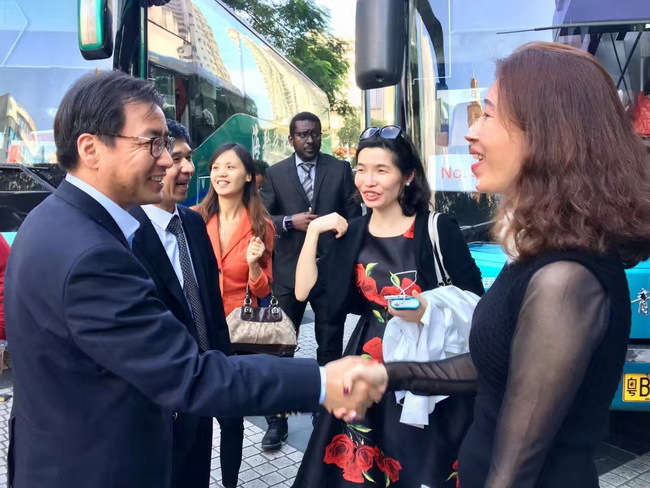
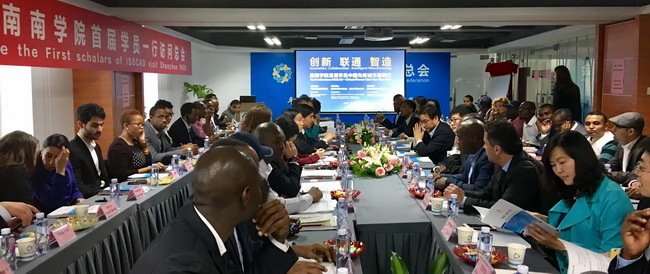
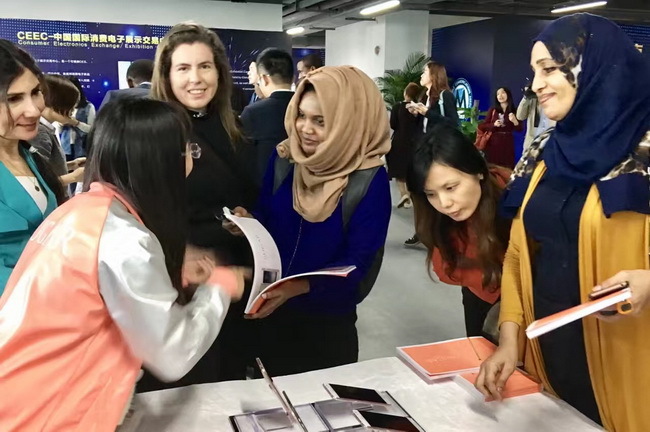
Mr. WANG Shi - a business tycoon and Chairman of China’s foremost real estate firm, Vanke Group, an Honorary Governing Councillor of China Entrepreneur Club, Chairman of Shenzhen Foundation for International Exchange and Cooperation, hosted the delegation. Mr. WANG explored many countries and mountains pointed out that policy makers must work towards the reduction of carbon footprint and promote green technologies.
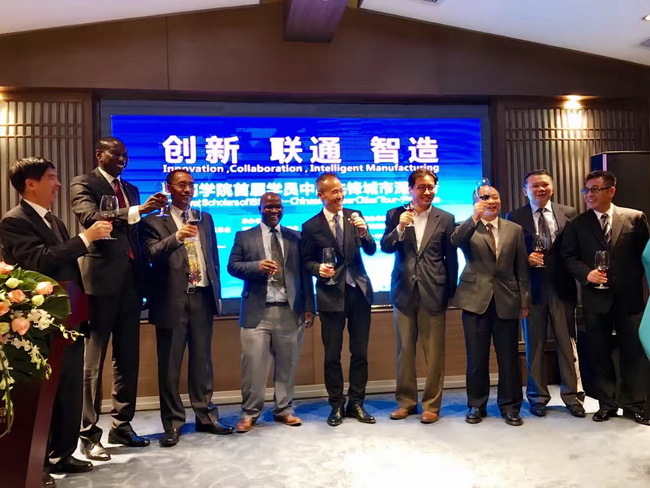
Another talk by Mr. WANG Hongbin, Director of Shenzhen Municipal Development and Reform Commission, attracted the students. Mr. WANG describe Shenzhen as the “City of Miracles” saying the city has been successful because of the land reforms, cutting red tapes and streamlining regulations, new approach to labour and market pricing system, establishment of stock exchange in 1991 amongst other business friendly measures.
He called Shenzhen a “City of Innovation and Vitality” saying one in every five people has their own business. Venture Capital companies in the city are valued to the tune of 3 trillion RMB supporting research, start-ups, science and technology, and international patent applications of Huawei, ZTE and Tencent all headquartered in Shenzhen have reached half of national levels.
He called Shenzhen a city of “happiness, innovation and civilization” with 3rd largest container port in the world, huge internet penetration, life expectancy of about 80 years and per capita disposable income of about 8,000 RMB.
WANG Hongbin advised governments still in the process of catching-up to prioritize human resources and infrastructural development saying for national governments to attract the much needed Foreign Direct Investment (FDI), it must implement tax, finance and legal laws to international standard. According to him, governments must do everything to “dispel the worries and concerns of investors”.
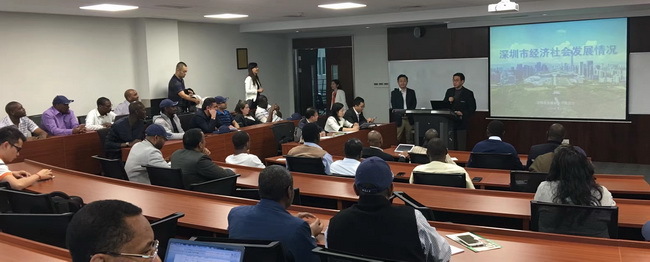
After decades of development Vanke is currently the largest residential property developer in the World. Committed to leading China’s green movement in the real estate sector, It has responded actively to China’s environmental challenges by minimizing the environmental impact in construction and home use. To date, one in every two Green Three-Star homes in China (the highest eco-building standard certified by China government) has been built by Vanke. The company promises to build all of properties in compliance with the Chinese national green standards by 2018.
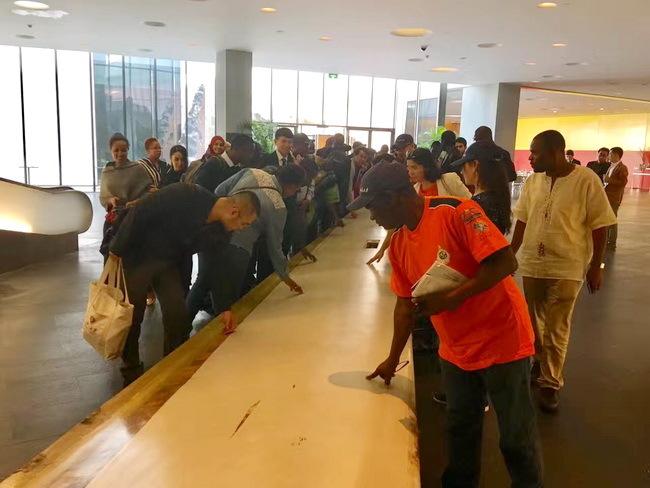
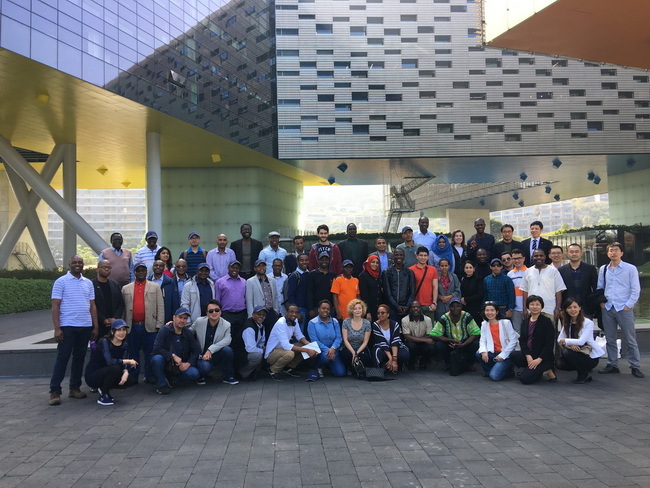
With a focus on research and applications in the healthcare, agriculture, conservation, and environmental fields, BGI has a proven track record of innovative, high profile research, which has generated thousands of publications, many in top-tier journals such as Nature and Science. At BGI, Mr. HAN Shengping gave historical background of how the company started to become both nationally and internationally renowned. Students were taken round BGI’s facilities and Mr. Han submitted that BGI’s research with the aim of reducing birth defect by 50%.
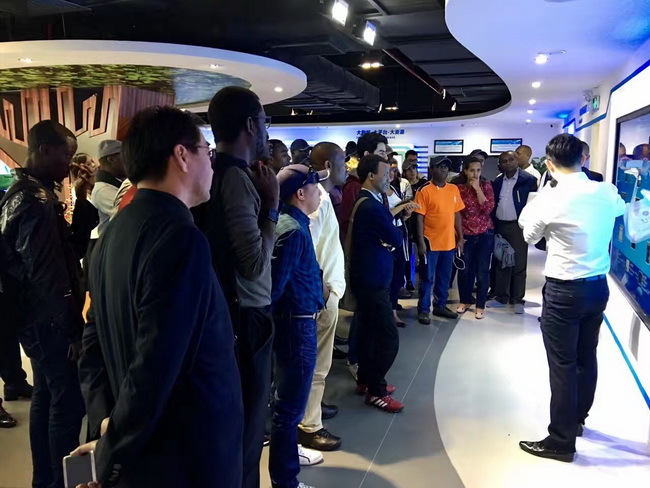
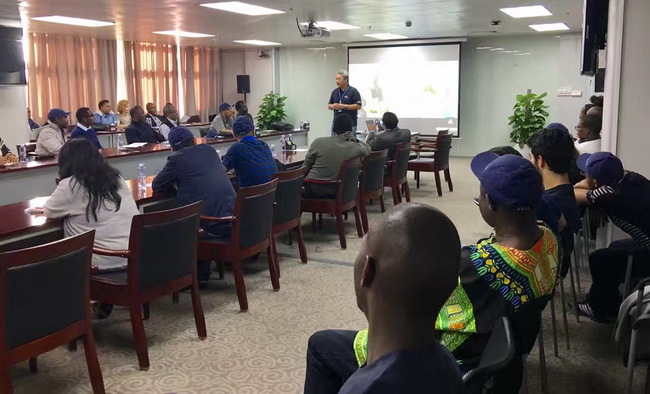
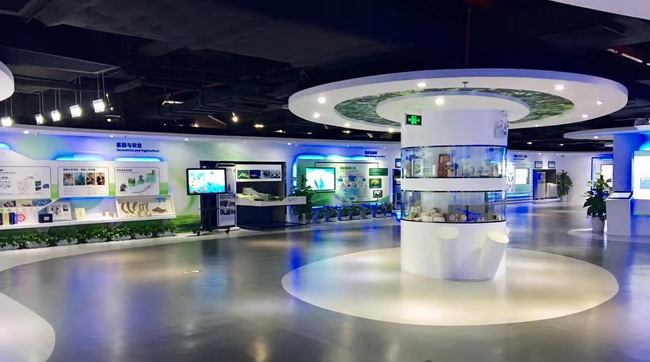
On the 4th day of the tour, the delegation made its way to Huizhou city, about one and a half hours drive from Shenzhen and were given a majestic welcome at Sea Prince Conference Centre and Resort. Students were warmly received and guided through the city with the help of Mr. Victor Shen and his wife – both Alumni of Peking University with the assistance of volunteers who were mobilized to ensure that the delegation's visit is a seamless one.
Students met with the Mayor of Huizhou city and Huidong County Head who all provided useful and practical insights on the issues of development particularly at local level.
Students were also exposed to the Huidong Potato Plantation, Yongji Ecological Park, and the organization of Leather industry and of course shoe making. Students had firsthand experience of shoe making by visiting the production line of Swan Star Shoes factory and the other value chain of Yuedong International Shoe Material Market and Women Fashion Shoes International Expo.
As all work and no play is not good for the soul, and to bring the tour to an end, ISSCAD delegation and host, using 6 fishing boats and speed boats, explored the near shore islands and the extremely weathered rocks of different fascinating shapes and forms that dotted the sea. The sea breeze was indeed refreshing.
In the terrace-classroom of Haiwangzi, the students delivered their field study reports by group presentations focusing on influential factors of Shenzhen’s Miracle.
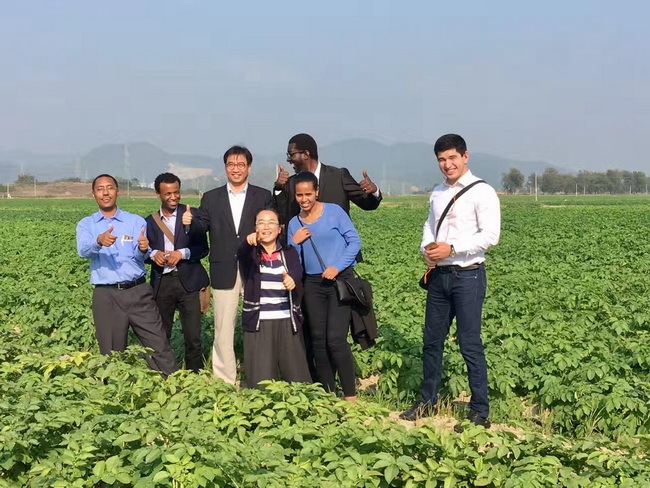
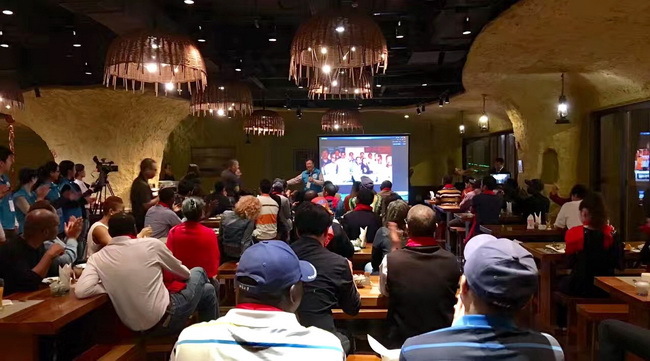
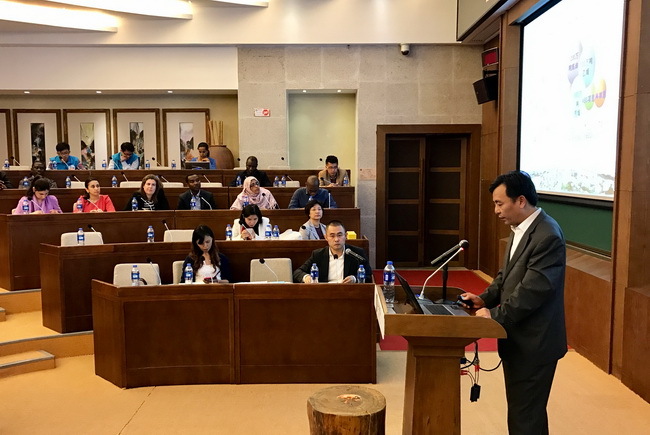
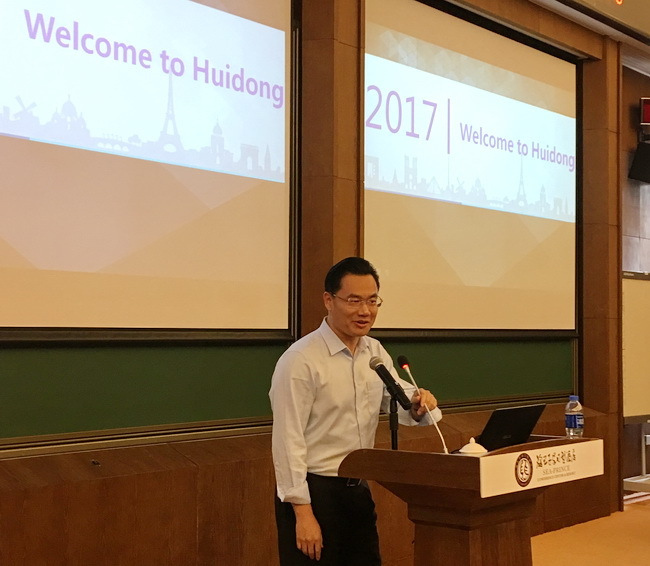
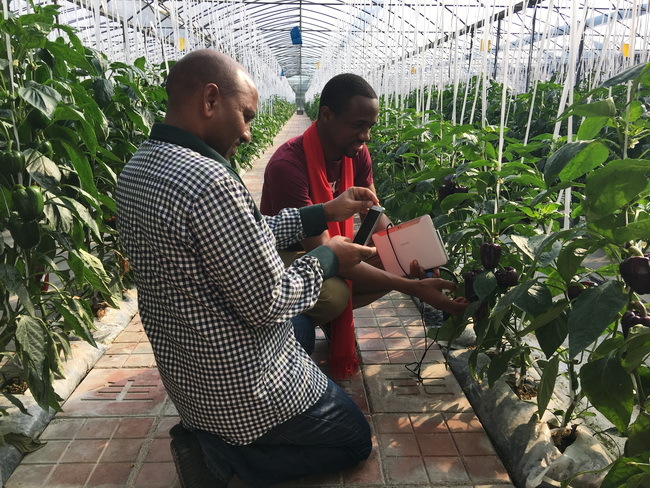
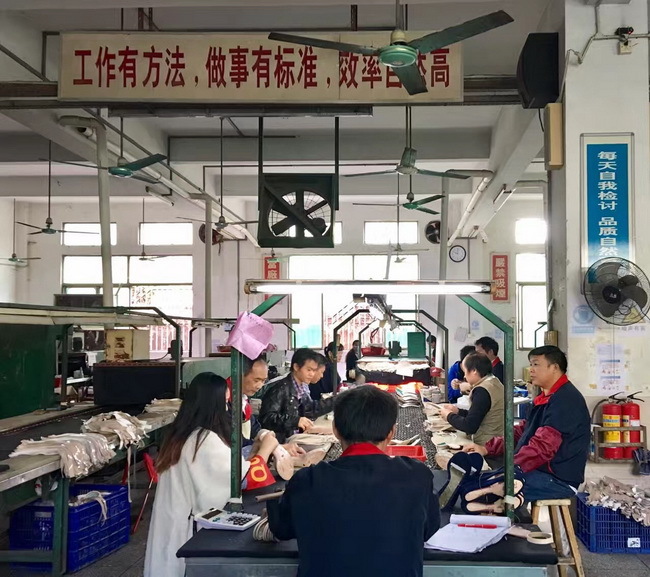
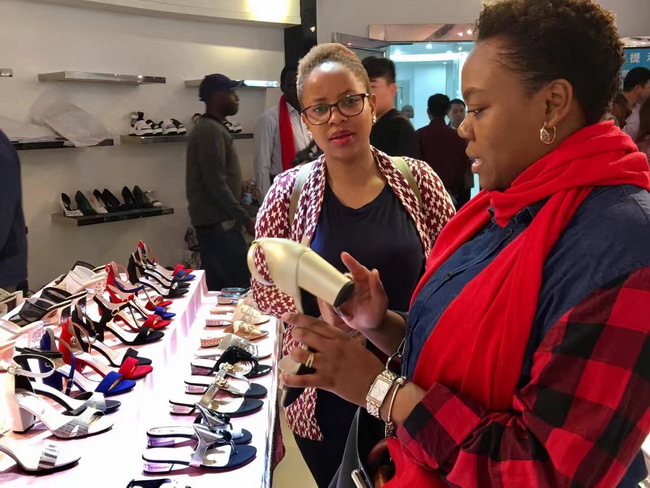
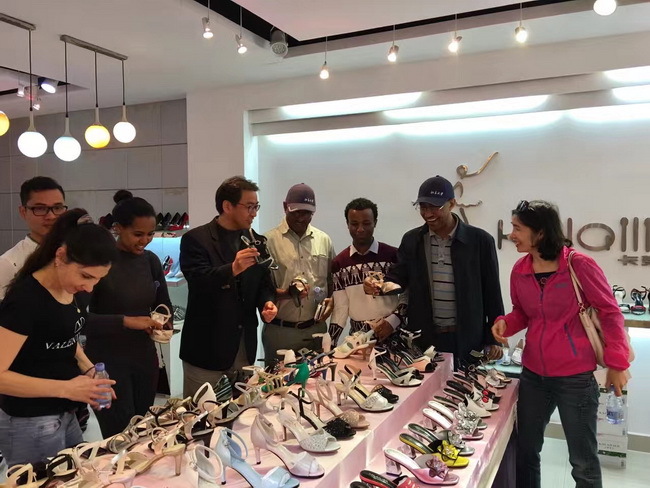
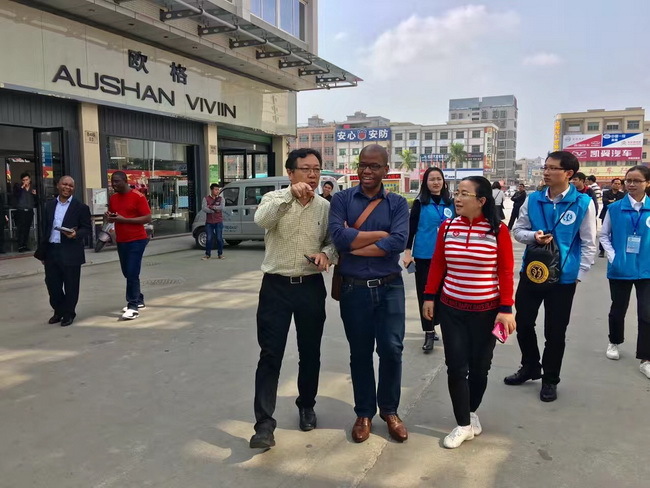
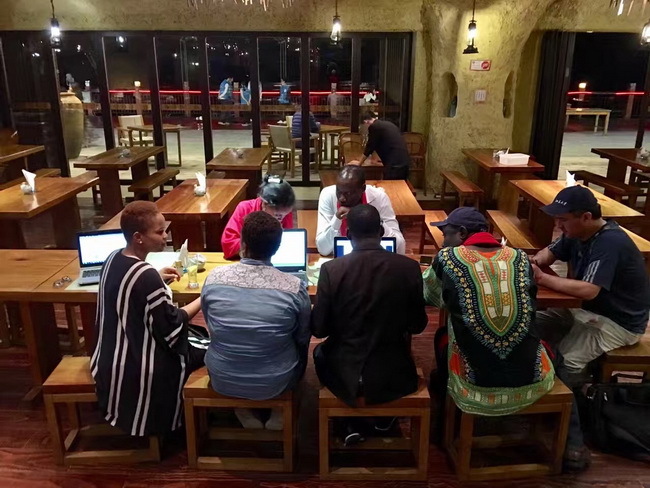
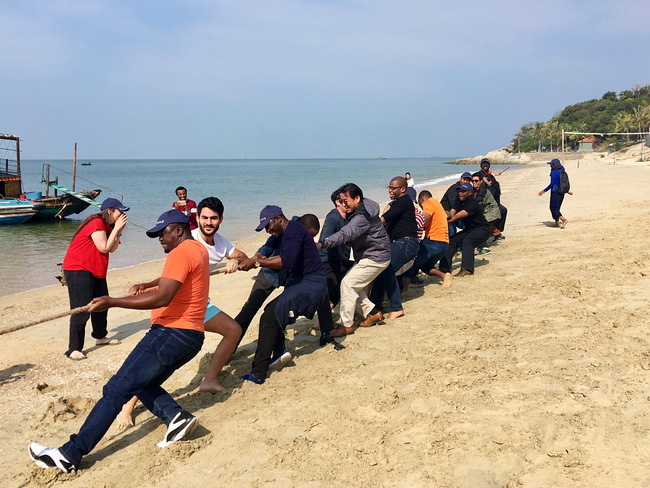
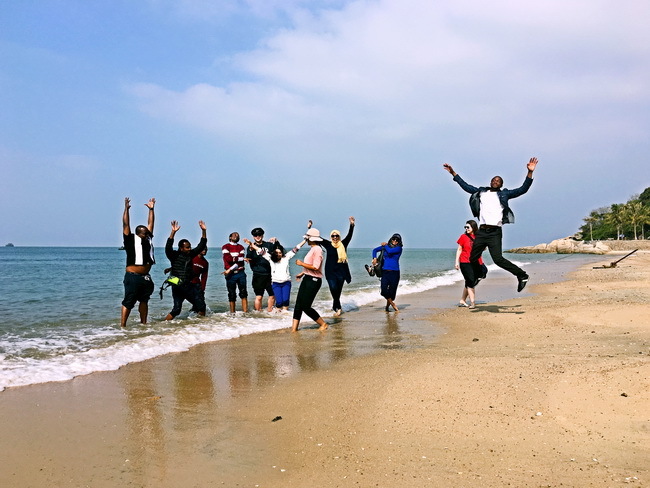
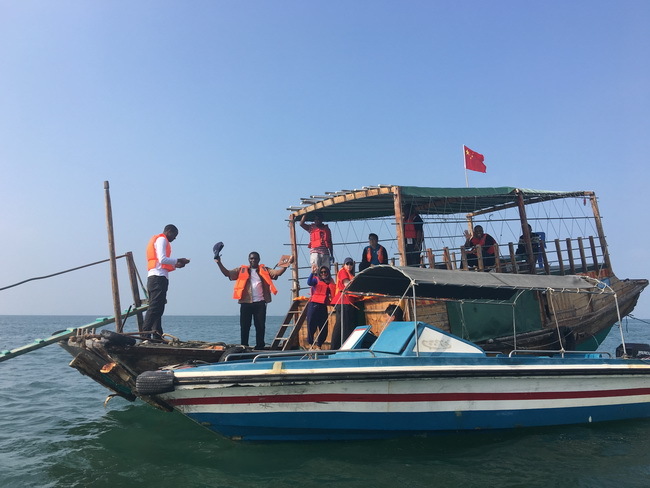
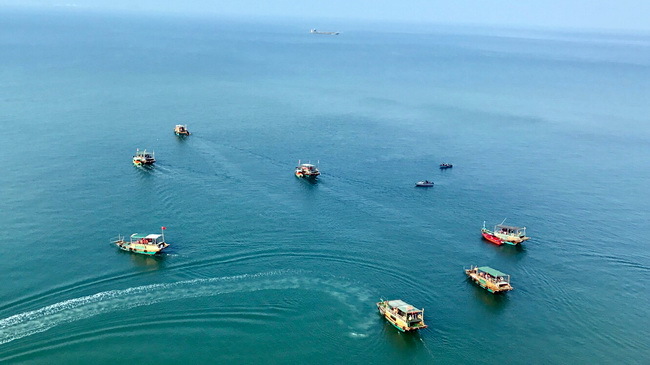
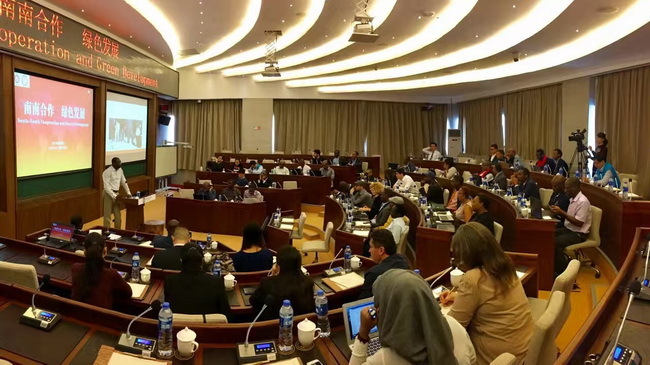
Prof. Fu Jun, the academic Dean of ISSCAD who spoke on the importance and significance of the week-long field trip, said: “The importance of the field trip is that students have learnt a box of conceptual tools in the classroom, and the trip is designed to apply these tools in the real and messy world, so that they are well positioned to draw and understand the critical lessons on the successes as well as challenges of the Chinese program of reforms and opening up.
“Chinese experience shows that one size does not fit all. Growth strategy must be contextual and reflect stage of development. By showing a rainbow of industrial enterprises from shoe manufacturing, real estates, telecoms to bio-tech, the field trip is intended to reflect a dynamic process of industrialization and its constant upgrading in China”, he concluded.
On his part, Prof. Zhaofeng XUE asserted that “We enjoyed this precious opportunity to expose ourselves to the sunshine and fresh air in Shenzhen for a whole week. Following a packed agenda, we learned a lot more about China not only by going to her front hall and sitting-room, but also her garage and backyard. The journey made what we talked about China in the classroom alive”.
Mr. Willie Ganda, a PH.D student and President of ISSCAD class committee reflected that “the trip was truly an eye opener that exposed students to the reality of the development of the modern China post reform and opening up in 1978. The most fascinating aspect of the trip was seeing the reality of theory taught in class and how Shenzhen is a thriving example of China’s reform process. The students were able to reflect in a very engaged way on the key lessons from the development of Shenzhen amongst them leadership and institutions and related them to our different countries.
“Through the company visits and presentations from officials, students were exposed to the real day to day building blocks that have built the city to be a mega-metropolis almost overnight”.
Drawing from the highlighted reflections of participants, who also asked questions and raised observations at one point or the other during the trip, one can safely conclude that students have been indeed further acquainted to the role of state, market and social organizations as well the interplay between them while standing a better chance to discern problems and proffer solutions to wide range of developmental issues upon returning to their home countries.
Reported by Omole
